 |
AI service introduction screen on social network X. Photo: Bloomberg . |
Amid a wave of layoffs globally, many companies are shying away from admitting they're using AI to replace some jobs.
IBM is an exception, with CEO Arvind Krishna admitting to laying off 200 employees to replace them with AI chatbots. However, he claims the company’s headcount is growing due to a strategy of reinvesting in other areas.
Fintech company Klarna is one of the most transparent about how AI is changing (and shrinking) the workforce.
“The company has shrunk from about 5,000 employees to 3,000. If you go to the jobs section on LinkedIn, you will see how we are cutting,” Klarna CEO Sebastian Siemiatkowski told CNBC in May.
Why many companies are "afraid" to talk about AI
Recruiting experts say IBM and Klarna aren’t the only companies cutting jobs because of AI. However, many companies are hiding it under excuses like reorganization, restructuring, and optimization.
“We may be seeing companies redesigning their workforces for AI, but it’s not being widely communicated. Very few organizations are willing to say, ‘We’re replacing humans with AI,’ even if that’s actually happening,” said Christine Inge, a lecturer in professional and executive development at Harvard University.
Jason Leverant, CEO of staffing firm AtWork Group, agrees, saying many companies are using rhetoric to defend themselves. It’s easier to argue that it’s tied to operational strategy than to directly mention AI.
“It’s hard to ignore the coincidence that companies are laying off employees at the same time as they are implementing AI at scale,” Leverant said.
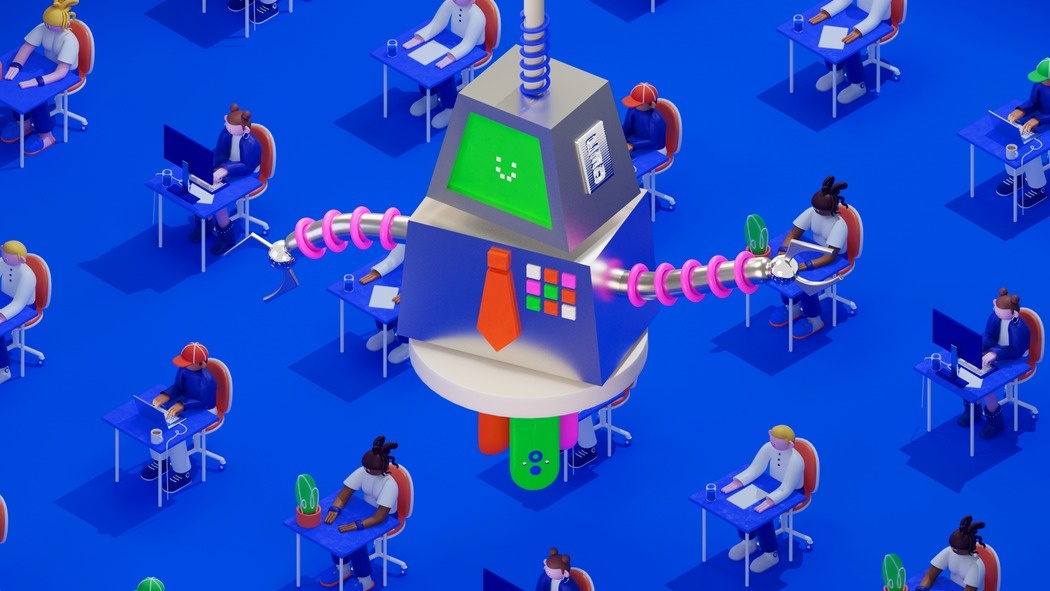 |
Many companies avoid mentioning AI when talking about the reasons for mass layoffs. Photo: New York Times . |
Candice Scarborough, director of cybersecurity and software engineering at Parsons Corporation, said that based on recent positive business results, the layoffs of businesses cannot come from financial difficulties.
“They coincide suspiciously with large-scale AI deployments, suggesting that job cuts occur after AI tools are implemented, not before,” Scarborough said.
Using vague terms can help convey a better message, Scarborough says. For example, “restructuring” is proactive, “operational optimization” is more strategic, while “cost optimization” sounds logical.
“However, the underlying meaning is the same when it comes to replacing human workers with software. Using bland language to justify cuts helps companies avoid the AI backlash while still maintaining automation,” Scarborough added.
Sharing the same view, Christine Inge said that silence is also strategic because if businesses are public about AI, they can face backlash from employees, the public, and even regulators.
The risks of avoiding talking about AI
Inge and some experts say there are still risks when companies shy away from AI in terms of layoffs. First, they may be delusional about the technology’s potential.
“There is clearly an ‘AI undercurrent’ behind the current layoffs, especially in administrative and customer service positions,” said Taylor Goucher, vice president of sales and marketing at software outsourcing firm Connext Global.
Next, Goucher emphasizes that companies should step back in some cases if they are investing heavily in automation.
“AI can automate 70-90% of the process, but the final stage still requires human intervention, especially with steps like QA (Quality Assurance), judgment-based decisions and some special cases,” Goucher added.
Companies are still concerned about the backlash from employees, customers, and some investors who are wary of AI’s potential, Goucher said. He added that many companies are touting their AI strategies, but are quietly hiring experienced teams overseas to address some of AI’s limitations.
“It’s a strategy, but it’s not always perfect. Leaders need to be more honest about the value AI creates, and consider areas where human expertise cannot be replaced,” Goucher stressed.
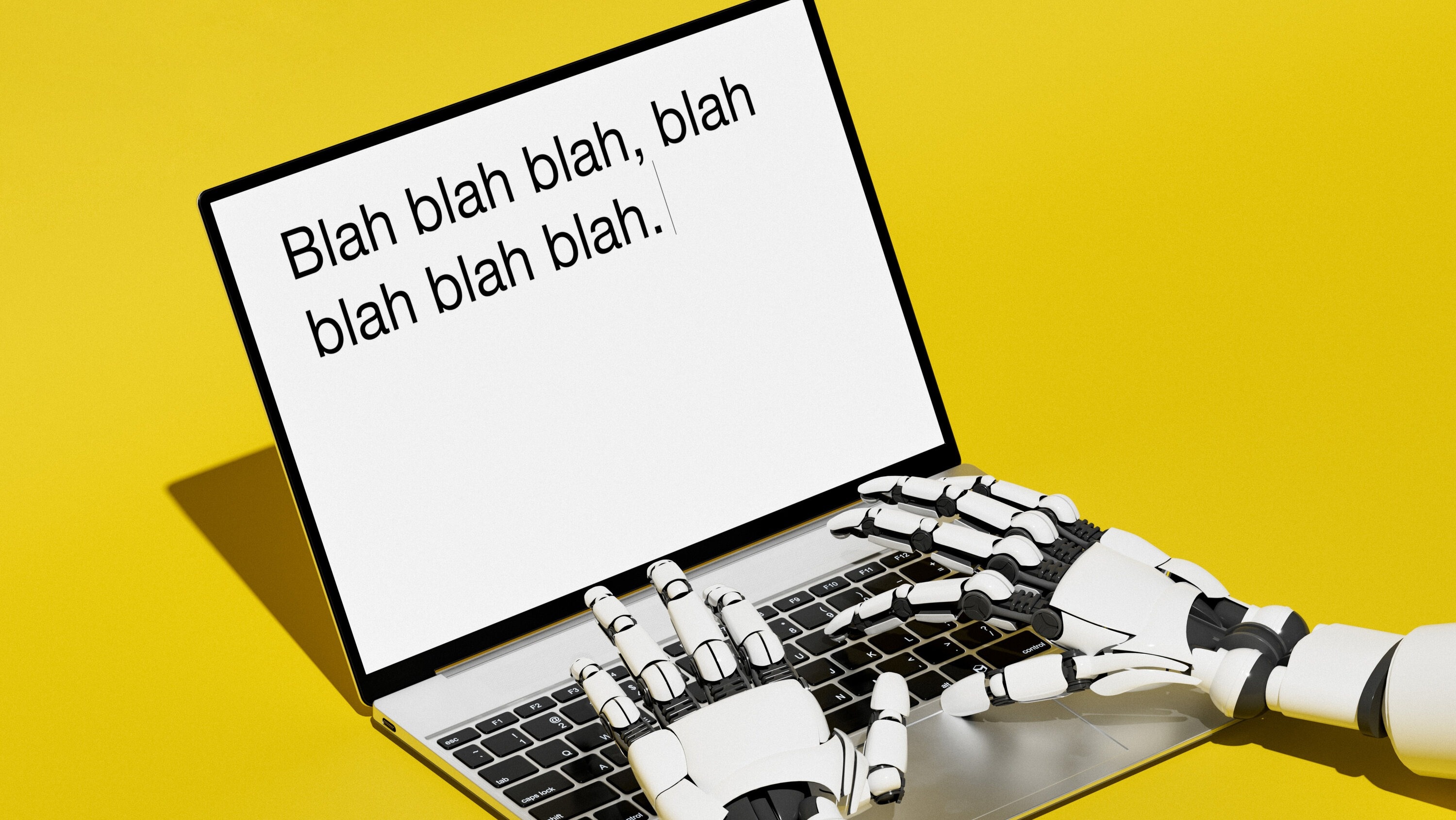 |
AI can do many jobs, though not perfectly. Photo: New York Times . |
Christine Inge also agrees that despite its many benefits, AI cannot completely replace humans.
“AI can do a lot of things 90% of the time. AI is better at writing ads, but it still requires 10% of human judgment. We won’t see AI replacing that in the near future. Some companies are using 100% AI, but that can be detrimental,” Inge said.
Sharing a different perspective, Mike Sinoway, CEO of software company LucidWorks, said the current limitations of AI show that this technology is not necessarily the direct cause of layoffs.
Rather than shy away from the idea that AI is replacing the workforce, Sinoway cites a LucidWorks study that concluded “executives are panicking because their AI strategies are not delivering the expected results.”
The Potential of Generative AI
Freelancers were the first group that companies admitted to using AI to replace them, 2-3 years ago.
“Usually, they are told they will be replaced by an AI tool. People are willing to tell that to 1,099 people,” Inge said.
Copywriting, graphic design, and video editing have been among the jobs that have seen the most change, Inge says. Now the shift is starting to hit full-time workers. She says transparency is the best policy, but it may not be enough.
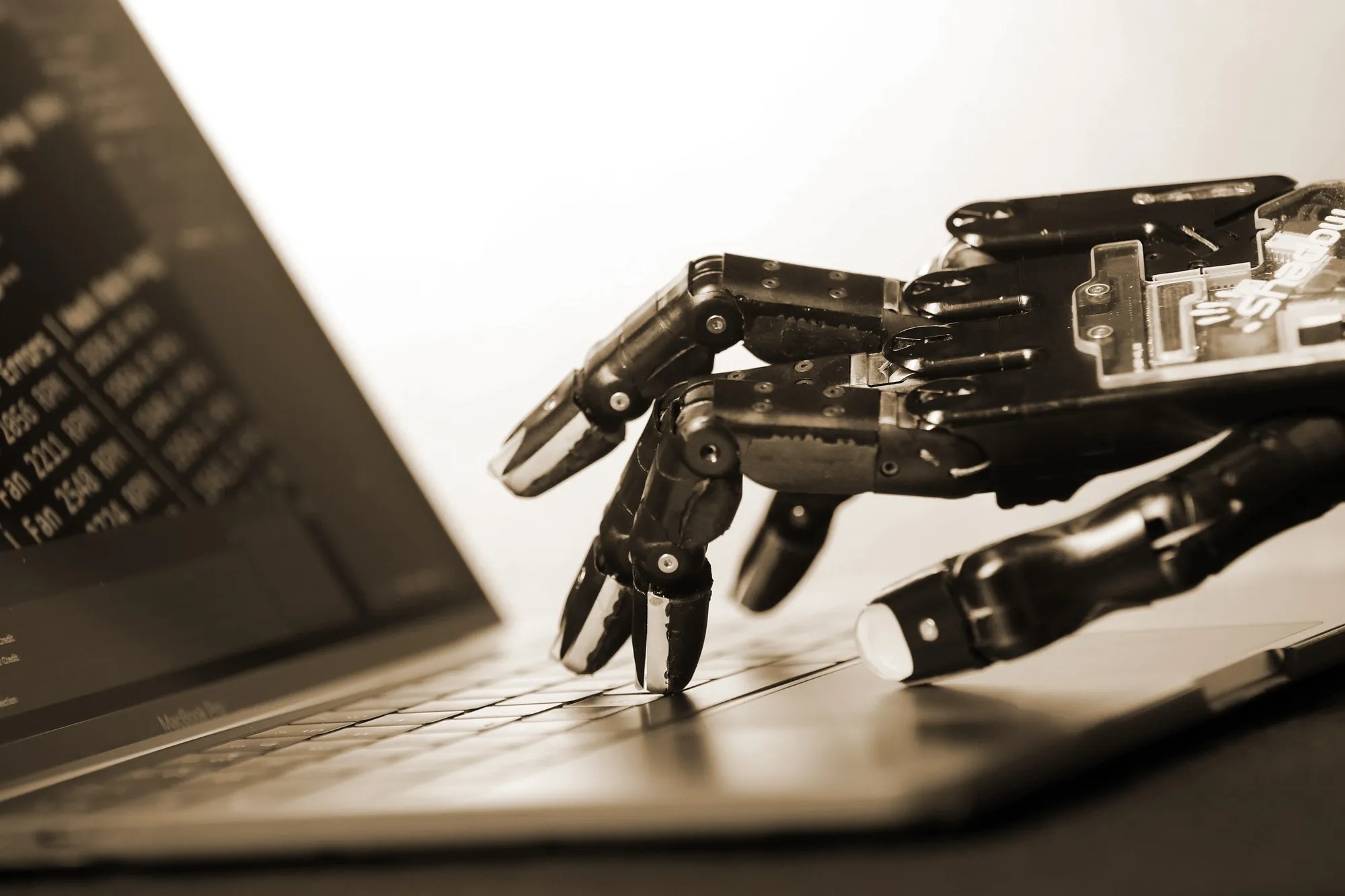 |
AI may not replace humans in the near future. Photo: Bloomberg . |
Responding to CNBC , Inge gave the example of Duolingo receiving strong backlash when CEO Luis von Ahn announced plans to eliminate some partners to switch to AI, forcing him to retract many statements.
“After the backlash that Duolingo got, companies are hesitant to go public with their plans to transition to AI. People will be angry that AI is replacing jobs,” Inge added.
The job market remains stable despite a slight slowdown in the first half of the year. According to the World Economic Forum's Future of Jobs 2025 report, 41% of employers globally plan to reduce their workforce in the next five years due to AI automation.
Dario Amodei, CEO of Anthropic, predicts that generative AI could eliminate about half of entry-level white-collar jobs. Overall, the turning point will come in the future when companies become more transparent, which is when AI’s role in the labor market becomes clear.
“By then, it won’t matter anymore. The number of jobs lost will be so large that the only thing we as individuals can do is adapt,” Inge stressed.
Source: https://znews.vn/su-that-khi-cac-hang-cong-nghe-sa-thai-hang-loat-post1570762.html


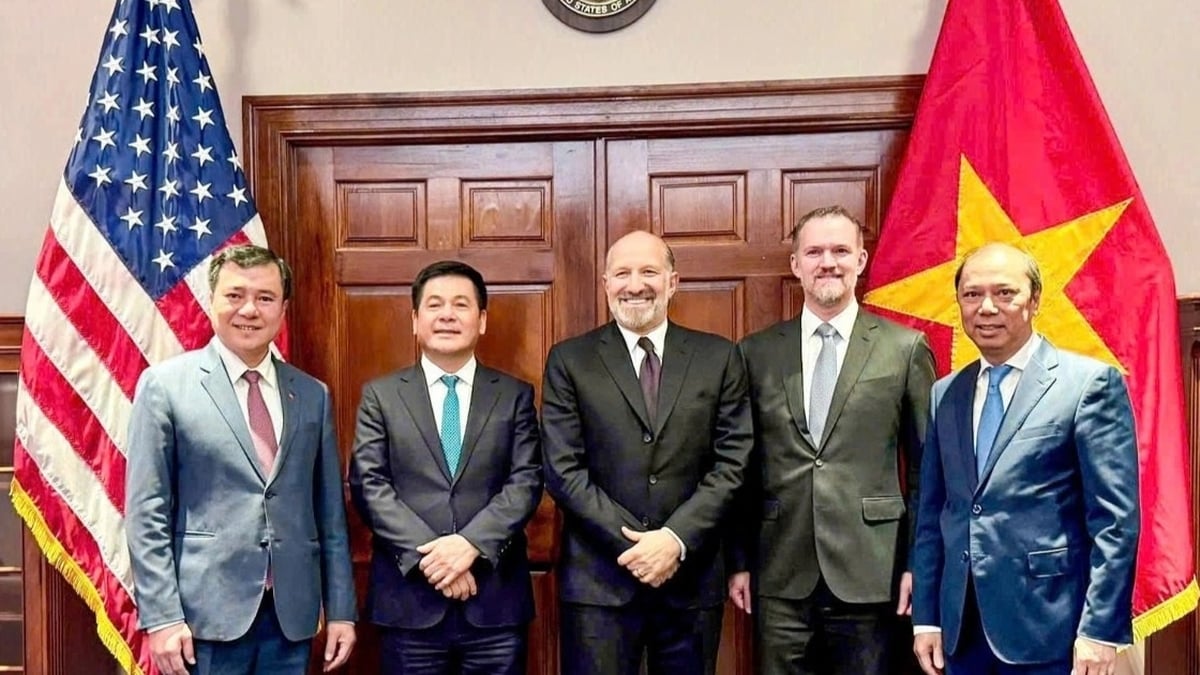























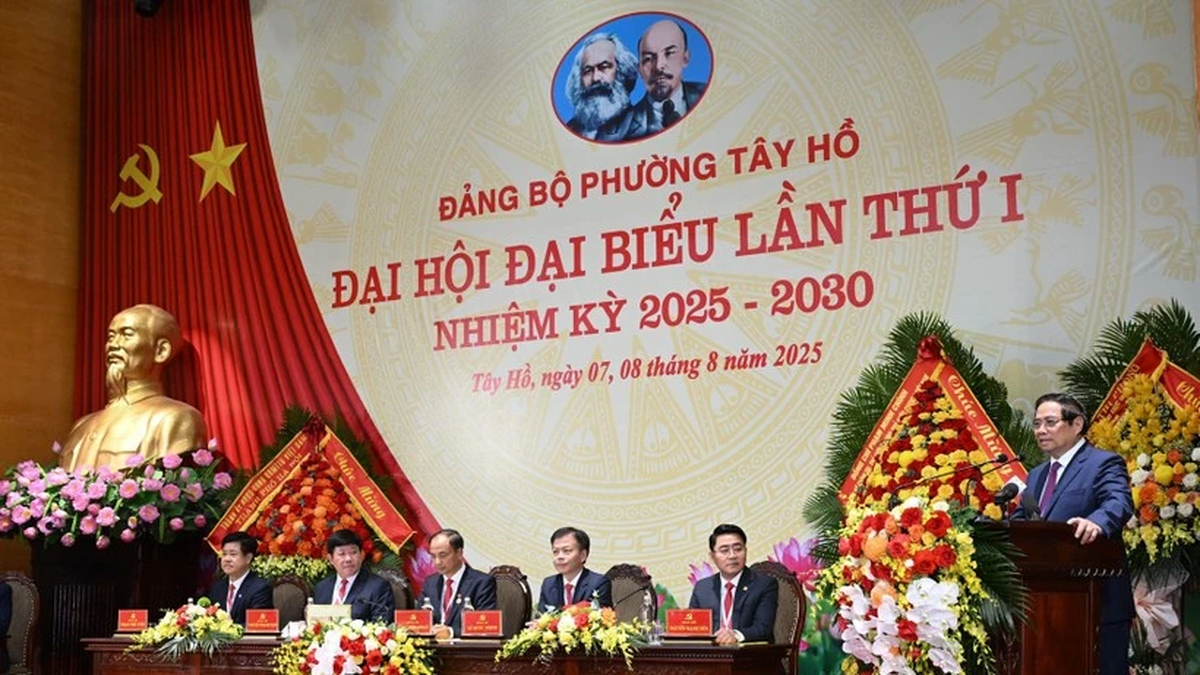













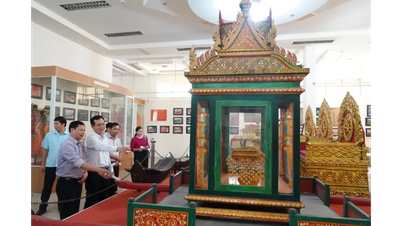




















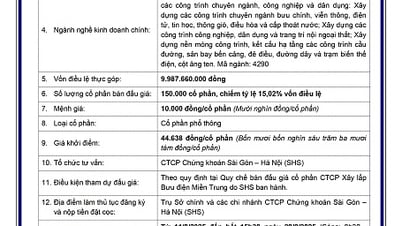
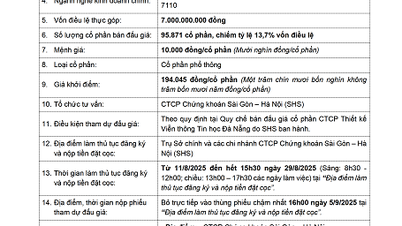

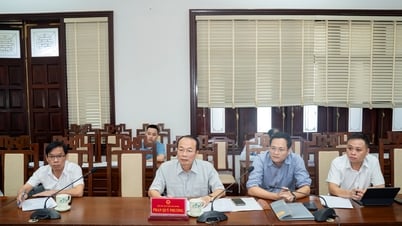











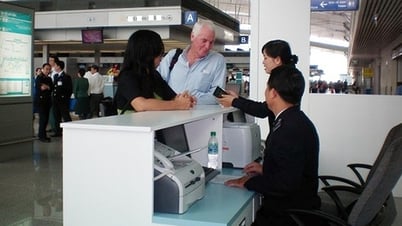

























Comment (0)